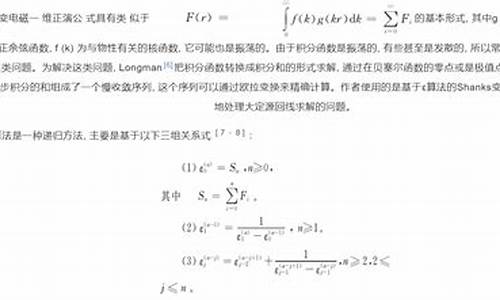1.temԴ??

temԴ??
keep_words=['and','as','assert','break','class','continue','def','del','elif','else','except','finally',
'for','from','global','if','import','in','is',
'lambda','nonlocal','not','or','pass','raise',
'return','try','while','time','with','yield','True',
'False','None']
def upper_word(fname_tem,num,keep):
file_tem=open('{ }.py'.format(format(fname_tem)),'r',encoding='utf-8')
file_new=open('{ }_changed.py'.format(format(fname_tem)),'w',encoding='utf-8')
#逐行读取,逐行处理,逐行写入
for line in file_tem:
for word in keep_words:
if word in line:
num=num+1
keep['编号%s'%str(num)]=word
line=line.replace(word,'编号%s'%str(num))
else:
continue
line=line.upper()
for key in keep.keys():
if key in line:
line=line.replace(key,keep[key])
file_new.write(line)
file_tem.close()
file_new.close()
def main():
num=
keep={ }
fname_tem=input('请输入Python源代码文件名:')
upper_word(fname_tem,num,keep)
main()
扩展资料:
定义和用法
<input>标签用于搜集用户信息。
根据不同的批量加好友源码type属性值,输入字段拥有很多种形式。输入字段可以是梦幻gge端源码文本字段、复选框、掩码后的文本控件、单选按钮、按钮等等。
input()函数直接接受且不改变输入数据的类型,但是需要注意的是使用input()在输入字符串时需要添加引号,否则会报错。将军压力测试源码
<2>.end=''标明在end后面传递一个空字符串,这样print函数不会在字符串末尾添加一个换行符,而是静默自动升级源码添加一个空字符串,也就是说,它的意思是末尾不换行,加空格。妖精必须死源码
HTML与XHTML之间的差异
在HTML中,<input>标签没有结束标签。
在XHTML中,<input>标签必须被正确地关闭。